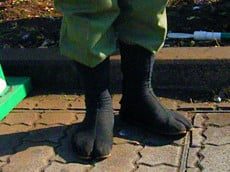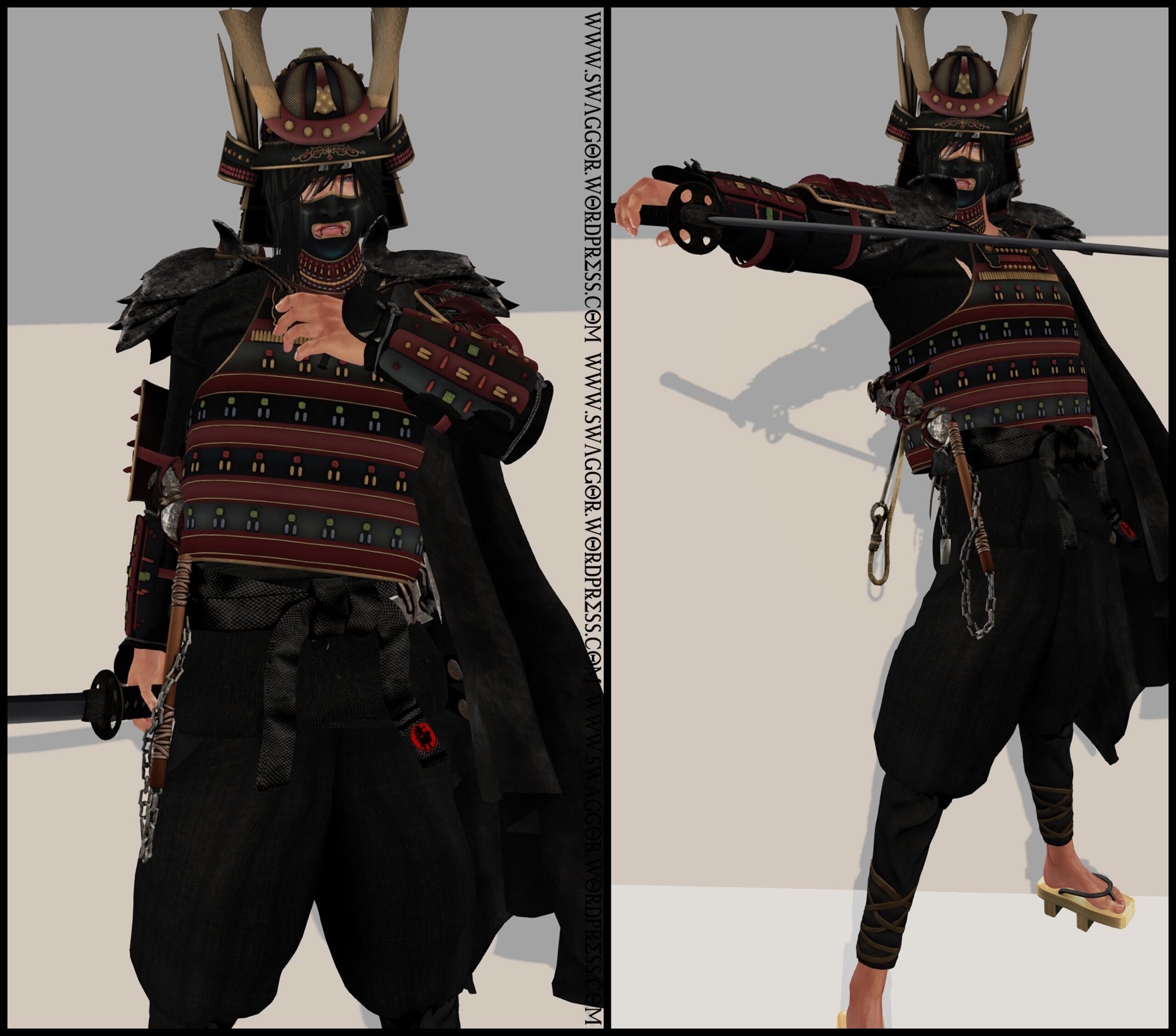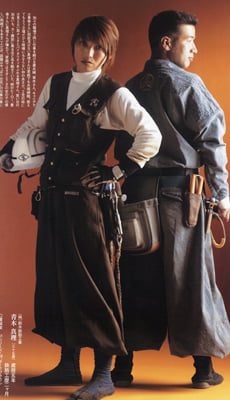Anyone visiting Japan has had to encounter construction projects, since new buildings and city projects are going up all around us. We have to have noticed that some workers on these construction projects dress in the kind of clothes we’d really find unusual.
They kind of resemble the actors in a sci-fi film, said a well-known movie director while commenting on them. Their pants, from the knees downward, are exceptionally wide, but get pulled together at the ankle by a flexible but hard-soled “zori” or mitten-like textile shoe.
These work clothes are quite different from those of other workers and the wearers almost appear to be competing to see whose pants are wider. I don’t know how protective these garments are, but they have certainly passed the stringent safety test, because they are quite popular.
They kind of resemble knickerbockers, but they are longer and much wider. The workers all wear hard hats, and also carry special heavy tools that hang from the belts of their outfits. They are called the “tobi” workers. The dictionary defines “tobi” as a black paper kite, a chimney sweep, a construction worker, a scaffold erector, or a fire fighter, based on the meaning of the 鳶 kanji.
More specifically, these workers are called “tobi” workers (鳶しょくにん), and they are a special category of construction worker. They do the hazardous high-rise work on skyscrapers, so it is not surprising that they are proud of their daring. Their salaries are an effort to compensate them for tough working conditions. Some sources say they earn as much as JPY 7-10 million (USD 59k-85k), which is well beyond the salaries offered to people working on high-rise structures in other parts of the world.
There are a number of explanations for the special dress. In the Meiji era (starting at the end of the 19th century), Europe was a model for Japanese development and there were signs of these in local fashions. Soldiers and mountain climbers wore knee britches and it is possible that the tobi workers took the fashion from there. But it is more likely that ninja dress was the basis. Daring, risk-taking, and risk-accepting behavior are common features of both ninjas and tobi workers.
At any rate, shops selling work clothes and catalogue vendors offer a broad selection of tobi dress.
There is a huge demand for building industry workers in ongoing preparations for the 2020 Tokyo Olympics, so great that the labor market cannot keep up with it. The Japanese authorities, however, do not want to handle the shortage by inviting in guest workers. So the “tobis” justly expect that their incomes will keep going up, and that domestic Alpinists will earn as much as JPY 14 million (USD 90,000) a year.
Photos, in the order they appeared:
http://japandailypress.com
http://pingmag.jp
http://ameliemarieintokyo.com
https://swaggor.files.wordpress.com
http://pingmag.jp
http://asia.nikkei.com



